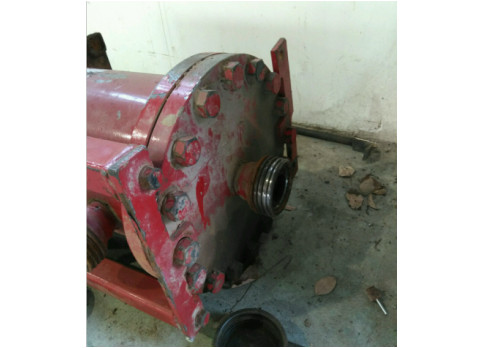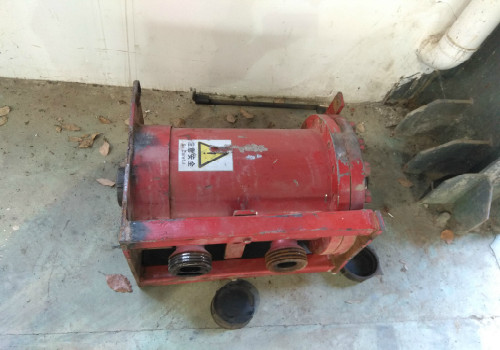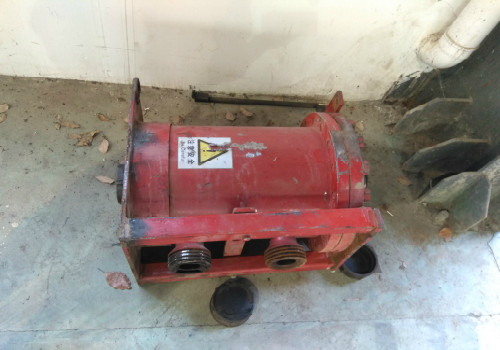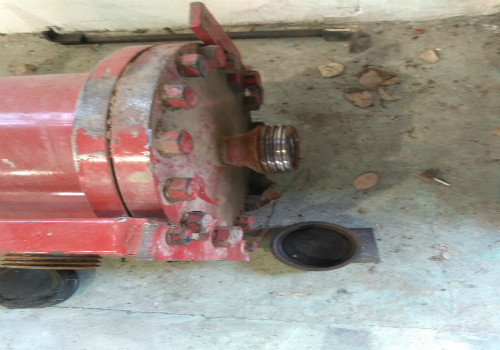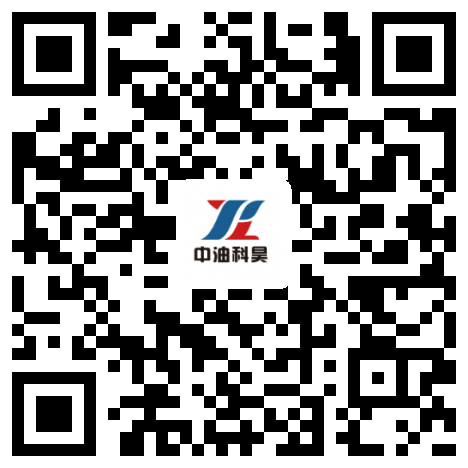High-pressure filter
The GLWA30/25 high-pressure filter is primarily used in water treatment processes to filter out large particles and protect downstream precision equipment. It is designed to handle high-pressure conditions and can perform well in well-site operations without relieving pressure during well washing.
The equipment connections use FIG1502, a standard for petroleum applications, facilitating easy connection of valves and pipelines on-site.
Standards Met by the Filter
1. API Spec Q1: Quality Management System Specification
2. SY/T 5676: Technical Specifications for High-Pressure Forgings for Petroleum Drilling and Extraction Machinery
Main Technical and Performance Parameters
Filtration Precision: ≤2 mm
Working Pressure: 25 MPa
Connection Method: FIG1502 external threaded
Main Components of the Filter
1. Filter Body
2. Top Cover Plate
3. Seal Ring Assembly
4. Spacer
5. Perforated Plate
Connecting Joints
The filter body and top cover are machined from 42CrMo forgings for ease of on-site installation and pipeline connections.
The seal ring is designed to withstand operating pressures of up to 25 MPa. The top cover has a thickness of at least 50 mm and is connected to the filter body with high-strength bolts.
The perforated plate is used to meet the requirement for filtering large particles, effectively filtering particles larger than 2 mm.
Connecting joints are used for side and top connections, employing standard 2-inch LP high-pressure pipeline fittings with direct threaded connections to the filter body. The other end features a Fig1502 coupling, facilitating maintenance, repair, and replacement. The two connectors on the cylinder must be arranged on the same side.
Usage and Maintenance
The filter body has an inlet at the lower end on the side and an outlet at the upper end on the side, following a low-inlet, high-outlet configuration. The bottom of the filter body is the discharge port, and the top is for the installation of the safety valve (which must be provided and installed by the customer).
The mixed liquid enters through the inlet, is filtered by the perforated plate, and exits through the outlet. Large particles settle at the bottom.
After each operation phase, open the bottom discharge port and flush the perforated plate from top to bottom with pressurized water. This will remove any particles adhered to the perforated plate and the bottom, ensuring that all large particles are discharged through the bottom outlet.
After completing the flushing and discharge process, the filter can be used for the next operation.
After manufacturing, a water pressure test is conducted to ensure that the connecting faces and seal surfaces do not deform or leak under the design pressure.
Other
Accompanying Documentation
|
No. |
Name |
Language |
Quantity |
|
1 |
Original Certificate |
Chinese |
1 |
|
2 |
Component Test Report |
Chinese |
1 |
|
3 |
Inspection Report |
Chinese |
1 |
Painting
After assembly and commissioning are completed, the entire machine is cleaned with a high-pressure washer using a cleaning agent to ensure no oil residues. The surface is then polished, followed by the application of a primer and topcoat. The color of the equipment is red.

